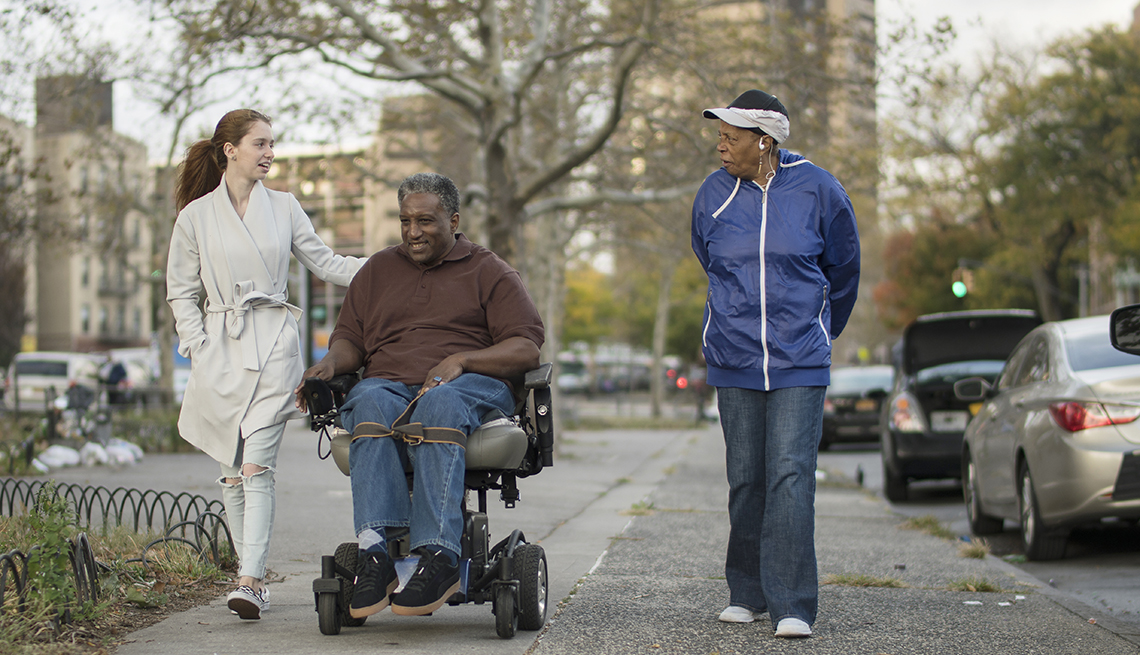Policy Fundamentals For Livable Communities
People of all incomes, ages, ability levels, and backgrounds need communities where they can thrive and live meaningful lives. Communities should be designed to promote physical independence, safety, dignity, and opportunities for community engagement and choice as people age.
Livable communities are compact and walkable, with housing, stores, community features, and services all located near one another. Key features include safe, walkable streets; age-friendly, affordable housing and transportation options; and easy access to needed services. Such communities also provide affordable and reliable access to high-speed internet to help residents work, access health care services, shop, and connect with family and friends. Community amenities, such as parks, libraries, and civic gathering spaces, enhance opportunities for residents of all ages to participate in community life. Livable communities require careful planning concerning housing, transportation, and land use.
- Policymakers should encourage the creation of mixed-use communities where people of all ages and abilities can thrive. Land use and zoning decisions should support the needs of all residents, including those with limited mobility and low incomes. Residents should enjoy easy access to amenities without having to drive.
- Policymakers should create communities where people of varying income levels can live together. Wealthier communities in particular should build more subsidized housing for people with low and moderate incomes. They should also work to increase the availability of affordable market-rate housing.
- Universal design principles should be used to ensure that housing, transportation options, and other community features are safe and accessible to as many people as possible. For example, buildings should have ramps, wide doors, elevators, and accessible kitchens and bathrooms to ensure access for people in wheelchairs. Similarly, transportation facilities should use ramps and elevators to enable such access.

